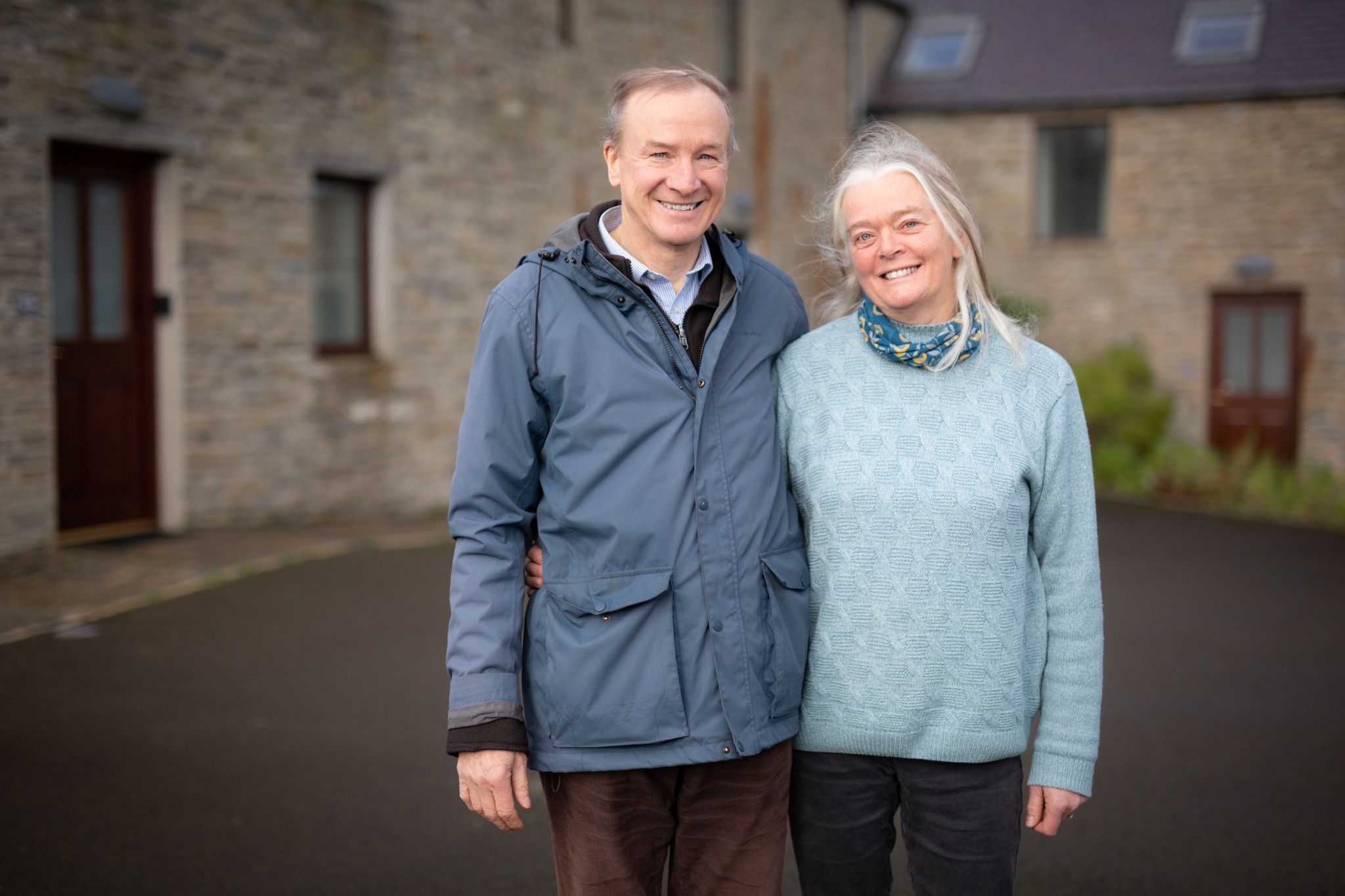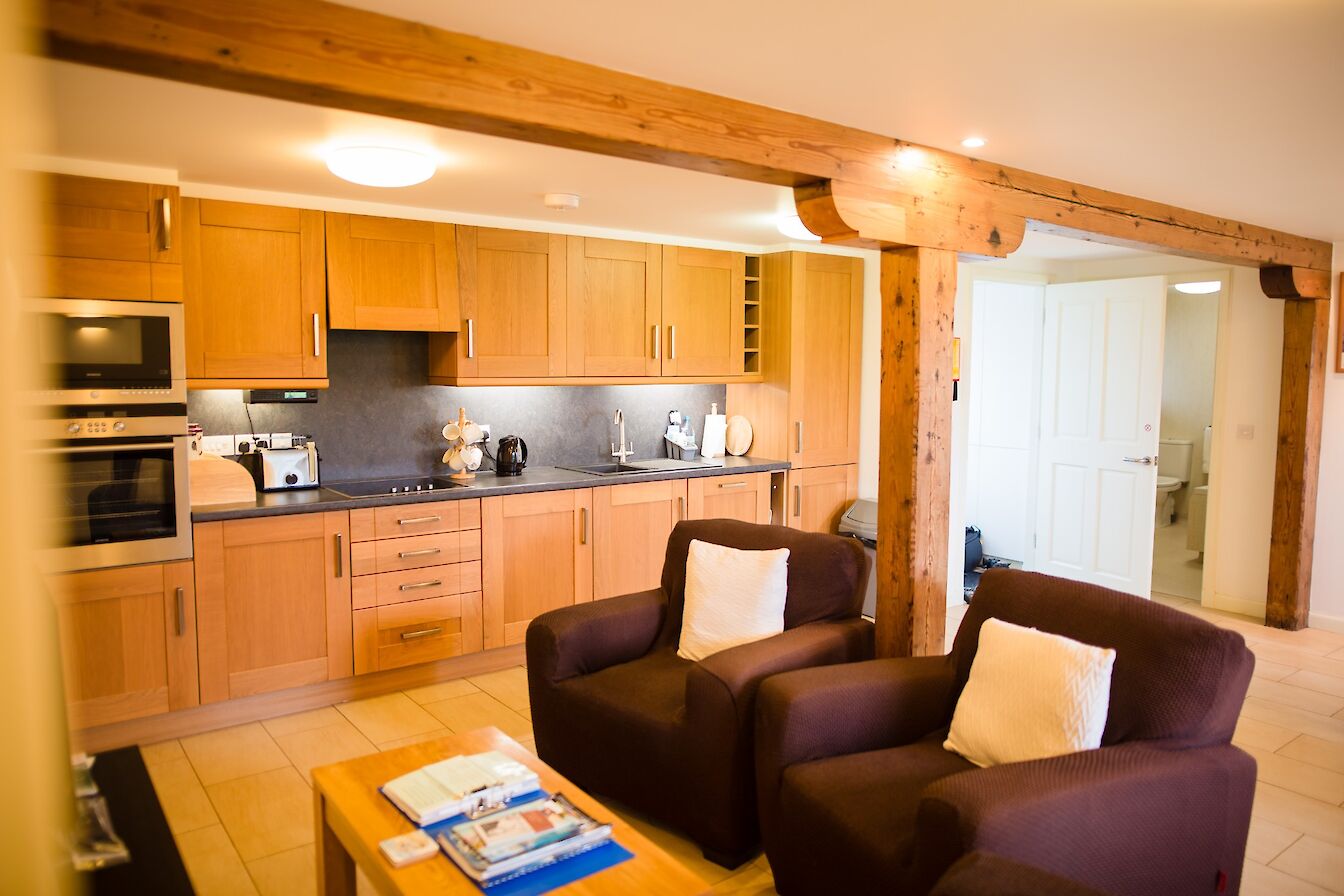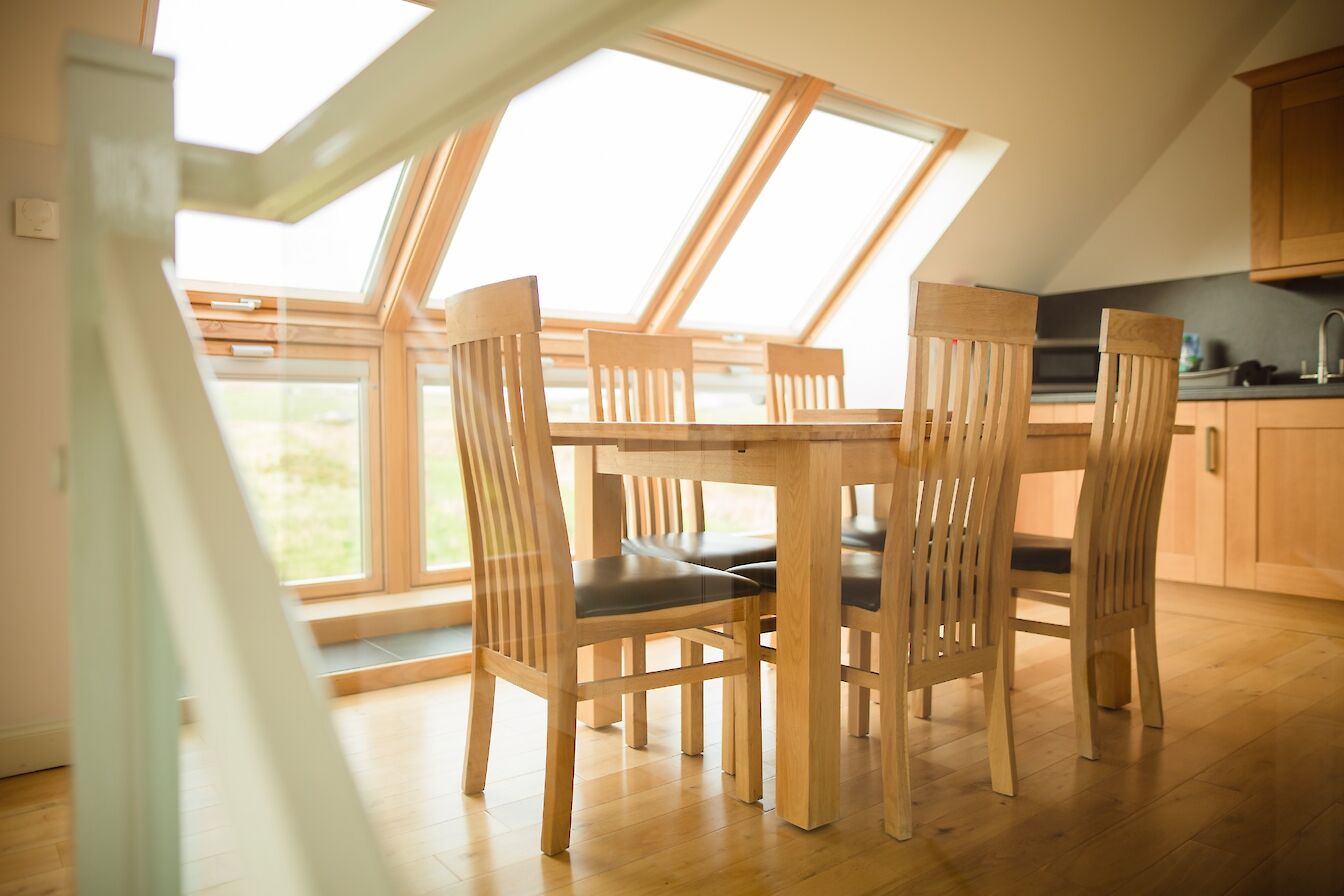“Pigeons were flying out of the roof. My wife thought it might be a bit of a challenge.”
Looking at images of Woodwick Mill from the late 1990s, you can see that Liz Austin probably had a point.
But her husband Micky clearly isn’t a man to be easily daunted. A retired civil engineer, he’s overseen many of Orkney’s major infrastructure projects during his career. What he saw in this crumbling 19th century mill was an opportunity to re-imagine its very purpose – harnessing the power of the Woodwick Burn, which tumbles down from the low-lying Evie hills above.
“The building was in a very poor state,” explains Micky. “But I saw it had a dam, which was actually derelict as well. I thought that if it could be repaired it could provide energy for the building. I always had the notion of doing up an old mill, and was also aware of the possibilities of hydro-electric too.”
Potential is one thing, converting that into reality is quite another. The first task was to repair the dam further upstream. It had been largely demolished by previous owners. A concrete dam was installed, faced with local stone. Micky then tackled the challenge of working out how to utilise this potential source of energy. There are no ‘off-the-peg’ solutions for this type of small-scale hydro scheme. But he came a across a design by an academic at Nottingham University.
“He’d created calculations for turbines that were intended for remote areas like the Andes, producing at five kilowatts, so I got the designs and scaled them up,” remembers Micky.
The turbine is discreetly housed in an annex, appropriately sited exactly where the mill’s water wheel would once have been. Water travels by pipe from the dam before entering this miniature power station. Micky lifts a hatch in the floor before pointing down to the machinery below.
It’s like a small temple to the spirit of ingenuity, with a mantra of reuse and recycle.
“It involves a scroll shape that the water goes round in a circle before going down a hole in the middle. So, I made a mould of this shape and got a fibreglass version made,” says Micky. “I then got an old motor that was scrapped from a waterworks, and a half-shaft from a transit van, and put all that together and got a turbine working.”
Despite that ethos, this is no ‘Heath Robinson’ affair. The turbine, which is near silent when it’s running, can be controlled remotely from Micky’s phone, which also relays data back to him about energy production. The turbine has also been approved for a Feed-in Tariff, which means that excess power is sold through the National Grid.
The turbine produces seven kilowatts of power - enough to supply the average energy needs of the mill. It’s been converted to four self-catering apartments, each entirely self-contained, while the couple have just finished restoring the nearby cottage and grain store – which is also powered from the hydro scheme. Energy efficiency and a low carbon footprint have been central to the whole project.
“They’re all low-energy, supplied by a heat pump and the turbine, and they’re highly insulated. We have a ‘Gold’ Green Tourism award, and some tourists only look for green places for holidays these days,” says Micky.
The huge water wheel, which once powered the stones that ground the oats and barley from surrounding farms, may have long gone, but throughout the mill are reminders of its past. Huge timber beams have been retained and left exposed, while pulleys and blocks protrude unexpectedly from walls and ceilings.
“This was always an ambition,” Micky says, laughing. “A labour-of-love that’s come to fruition.”
In a world where we’re increasingly needing to think about how we make better use of the resources that surround us, we probably need to value the mindset of people like Micky, folk with the ability to adapt centuries-old technology with modern innovation.
Find out more about the Woodwick Mill from the official website.
Take a look at our other Renewable Stories features, with JP Orkney and Orkney Isles Preserves.
The Promoting Orkney project has been part financed by the Scottish Government and the European Community Orkney LEADER 2014-2020 Programme.






